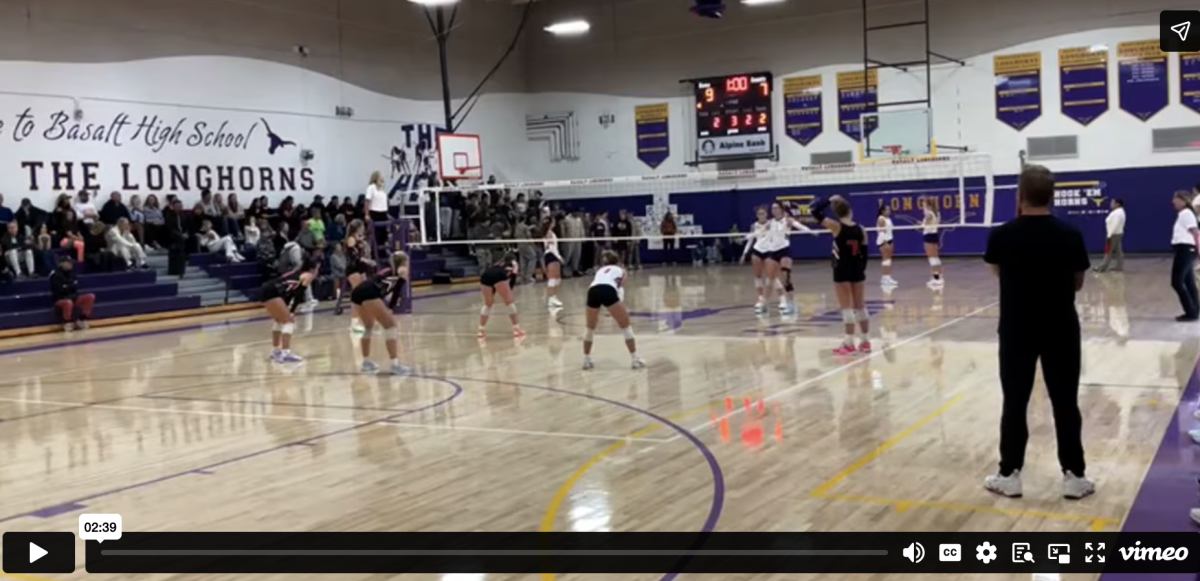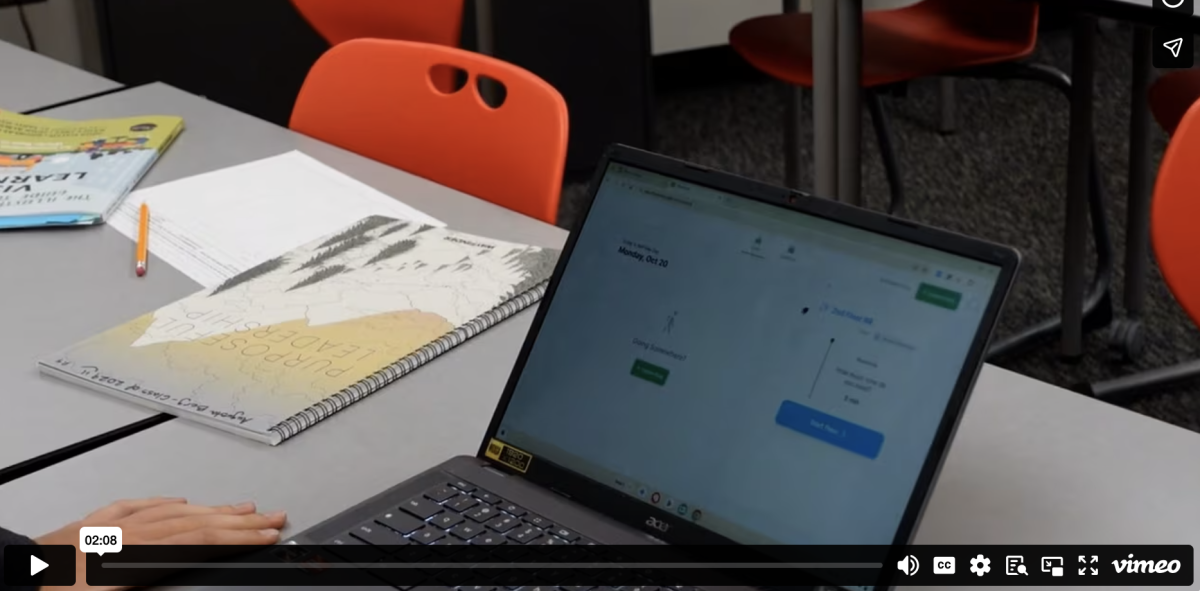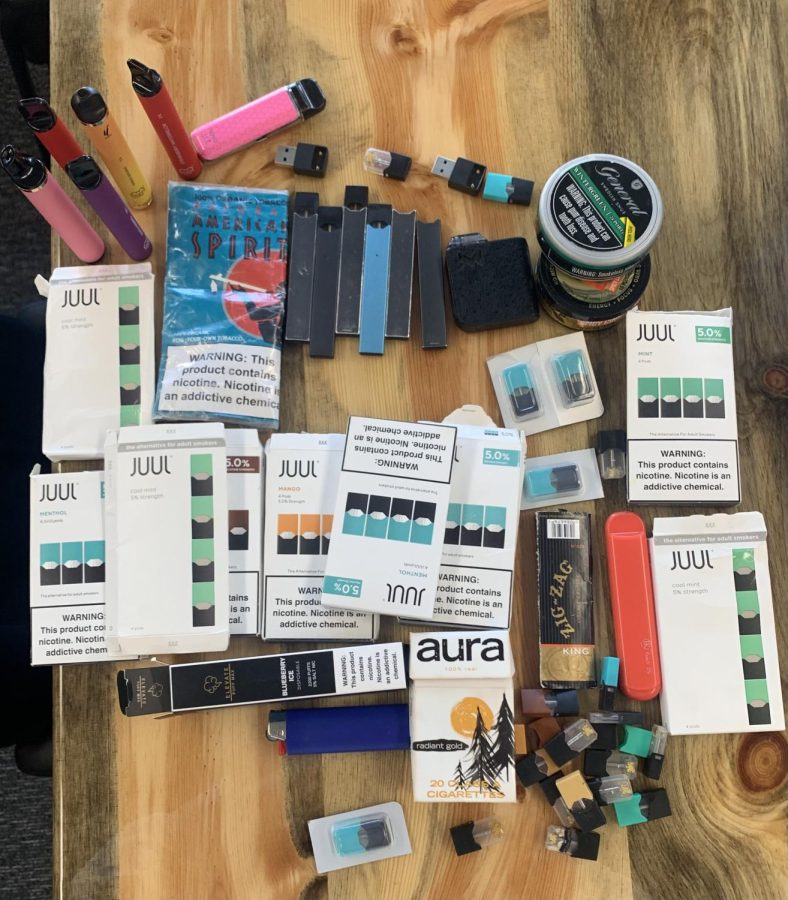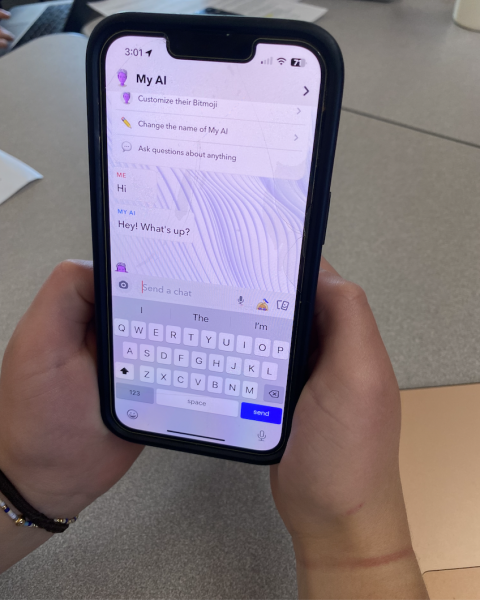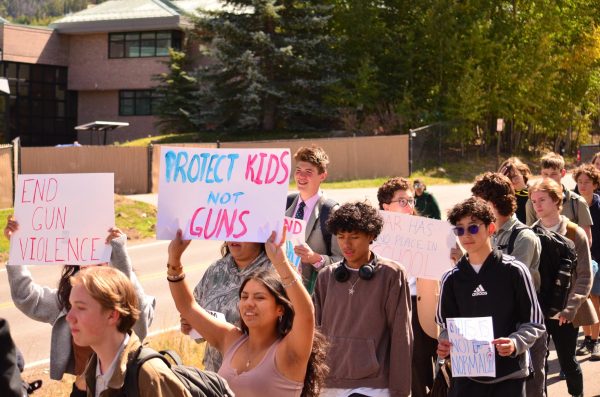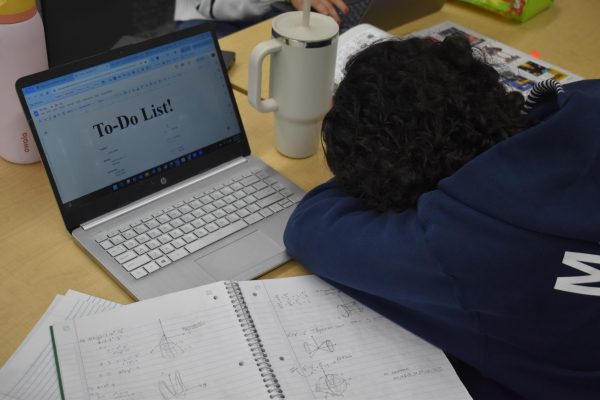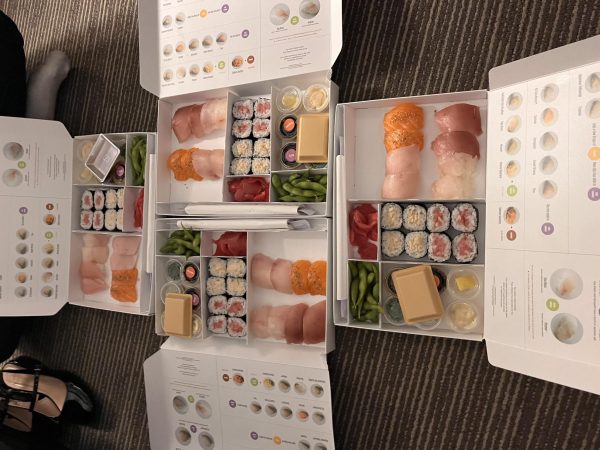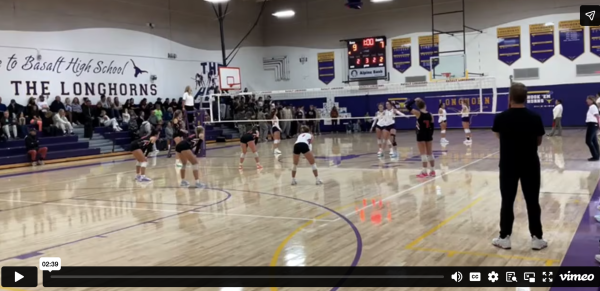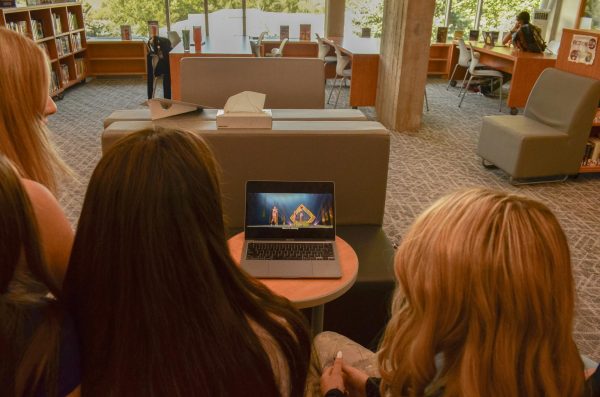An Exposé: Drugs at School
Confiscated nicotine products that have been collected from students over a few years by the AHS administration.
The COVID-19 pandemic introduced an onslaught of risk factors for adolescent drug use. In the absence of an in-person school experience, many students felt isolated and disconnected to school. In an attempt to cope with contemporary stressors, the amount of students self-medicating increased.
As reported in a UC San Diego study, COVID-19 led to increased use of nicotine and unprescribed or misused prescription drugs for Americans aged 10 to 14, especially for those impacted by decreased family income.
Many students in the Valley were not disproportionately impacted due to their socioeconomic status; however, they are no exception to this trend.
A confidential survey unaffiliated with ASD, collected data from more than 70 AHS students aligns with national trends. Students from all grade levels disclosed their drug and alcohol usage both in and outside of school grounds. 76.1% of students surveyed have tried alcohol, and 57.7% reported using cannabis at least once. Although the majority of these statistics surpass national averages according to the American Addiction Center, hard drug consumption in this valley is well above the national average.
Approximately 16% of students reported abusing unprescribed medications, such as adderall, and almost 10% of students reported trying cocaine at least once. Additionally, about 9% reported taking acid, 7% used MDMA, and 13% experimented with magic mushrooms. These numbers are copious in comparison to national averages for youth substance use. The National Center for Drug Abuse Statistics concludes that only 0.42% of those aged 12 to 17 years old used cocaine during 2020, and 5.9% of them used acid that year. It is important to note; however, that Coloradan youth are 37.5% more likely to have used drugs than the average American teen within a given month.
Disturbingly, survey results illuminated drug use on school grounds.The survey shows that 20% of students admitted to bringing drugs/alcohol to school everyday; approximately 9% more bring drugs at least once a month. Furthermore, 10.3% reported using nicotine multiple times during school hours within the last 30 days. The potential number of students with a drug dependency is alarming; 32% of participants self-reported an addiction to drugs and/or alcohol.
Understandably so, many of those who abuse drugs have done so to cope with anxiety, depression, trauma, or to enhance academic performance. According to a Children’s Action Alliance study conducted in 2019, a third of high school students reported persistent feelings of sadness or hopelessness; these findings marked a 40% increase in symptoms within a ten year span. The American Academy of Pediatrics, the American Academy of Child and Adolescent Psychiatry, and the Children’s Hospital Association declared that the pandemic-related decline in child and adolescent mental wellbeing has become a national emergency.
If you or any of your loved ones are suffering from drug addiction contact “A Way Out” at [email protected] for recovery services.

Océane Jones is an Editor-In-Chief of The Skier Scribbler. As an AHS senior, this is her third year on The Skier Scribbler In her free time, Océane enjoys...

Ava is a senior at AHS. This is their third year writing for The Skier Scribbler. Ava is eager to contribute to the newspaper and is passionate about writing,...
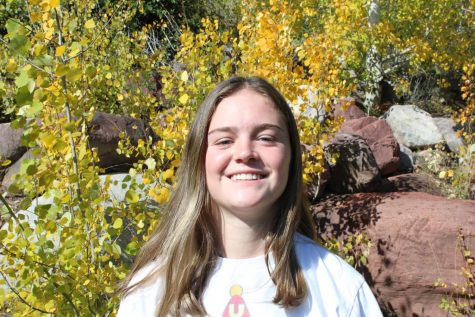
Jenny Ellis is a Senior at AHS. She is in her third year as a writer for the Skier Scribbler and first year as an EIC. She likes to ski, play soccer, skateboard,...














